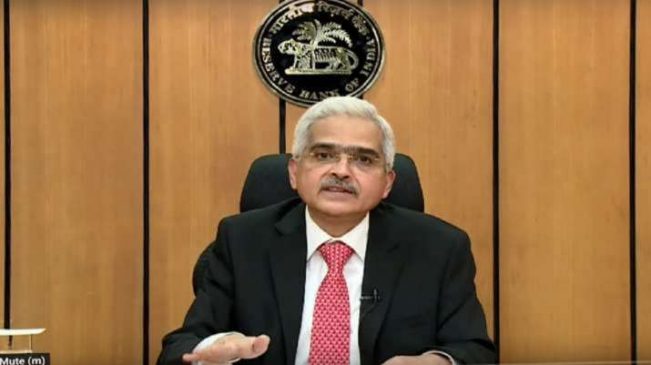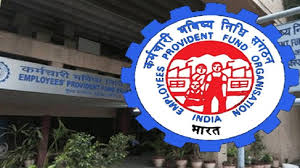In the ever-evolving terrain of the Indian financial sector, the Reserve Bank of India (RBI) has charted a new course by streamlining lending norms for unsecured loans. As a distributor of lending products at Credilio, We find ourselves on the side-lines for now, observing the ripples this decision creates across the industry. This piece addresses perspectives on the implications of RBI’s move, keeping the financial well-being of end customers in sharp focus.
Read More: Banks Demand For 5-Day Work Week: Indian Banks Association Submits Proposal To Centre
There’s a dissonance of opinions echoing through the industry, with Moody’s Investor Services offering a positive melody. They view the move to tighten underwriting norms as credit positive, strategically pushing lenders to allocate more capital to unsecured loans. In their eyes, this fortifies the loss-absorbing buffers of lenders and instils a more measured approach to lending. In estimation, this is a prudent step to prevent the financial sector from succumbing to the risky allure of unchecked expansion.
Yet, as the spotlight shifts to the fintech sector, there’s a dawn of concern. Fintech lenders, often pioneers in unsecured lending, are positioned to feel the heat of these tightened norms. Whilst most lenders acknowledge the move as necessary to reduce risk in the Non-Banking Financial Company (NBFC) space, the industry’s adaptation to stricter underwriting criteria invokes contemplation on the potential impact on loan growth.
The RBI’s consumer-centric guidelines, zeroing in on personal loans and credit cards, underscore a commitment to safeguarding individual interests. While crucial for maintaining a balanced and sustainable lending environment, the devil, as always, lies in the details. For a more nuanced understanding of the consumer-side implications, delving into specific publications covering this aspect of the RBI’s decision becomes imperative.
Insights from CRISIL Ratings contribute a layer to the discussion, portraying the proactive move to hike risk weights on unsecured loans, particularly in the retail sector. This measure aims to stabilize and calibrate growth, a pre-emptive strike against potential pitfalls in the form of Non-Performing Assets (NPAs).
Read More: ED files chargesheet against Vivo, Lava for money laundering, tax evasion shenanigans
The resonance of enhancing guardrails and fortifying internal resilience speaks to the need for prudence in an industry occasionally criticized for its overzealous pursuit of growth.
Zooming out, there’s a macroeconomic perspective woven into the narrative. The RBI’s decision is depicted as a pre-emptive move to address a perceived build-up of risk in the financial sector. By compelling financial institutions to set aside more capital for lending, the RBI positions itself as a regulator anticipating potential economic downturns and ensuring the sector is fortified to weather storms.
The emphasis on building counter-cyclical buffers and nurturing a cautious lending approach signifies a commitment not only to sustainable growth but also to the protection of consumers. Striking this balance is no small feat, and for stakeholders in this financial ecosystem, it’s crucial to appreciate the intricacies involved.
For Distributors of lending products, the direct impact appears muted for now. However, they’re commitment to matching the ideal lending product to the customer profile remains unwavering. Distributors of lending products actively strive to incorporate these checks before offering any products such as credit and profile checks.
In conclusion, as we navigate the implications of the RBI’s move on unsecured loans, a central theme emerges — the pursuit of a balanced and resilient financial sector. While short-term challenges for certain players, especially in the fintech and NBFC space, may be inevitable, the long-term benefits of a stable and well-regulated financial system are equally compelling.
In this journey, collaboration between regulators, financial institutions, and other stakeholders becomes paramount. As we collectively adapt to these changes, one thing is clear: the resilience and growth of India’s financial sector hinges on a careful calibration of risk and an unwavering commitment to responsible lending practices. In my opinion, the RBI’s measure sets the stage for a financial landscape that can withstand challenges while fostering sustainable growth — a vision worth endorsing in these dynamic times.





































